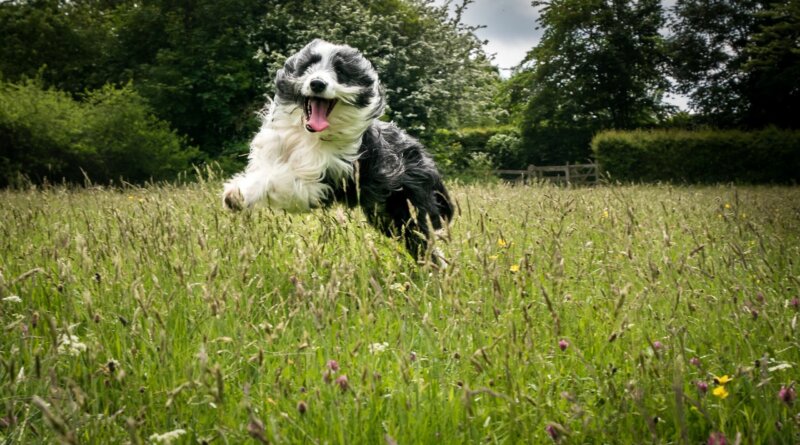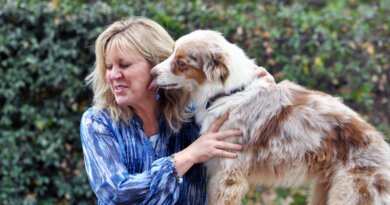Hyperactivity in Dogs | Can Dogs Have ADHD?

I can empathize with canine caretakers who live with high-energy dogs, whether puppies, adolescents, or adults (yes, they come in all ages). Last week, a client brought me Abby, her 14-week-old Belgian Shepherd with concerns about high-energy behavior and mouthing. The only time Abby settled during the entire session was for about five minutes when she was chewing on a cow ear. Had it not been for my assistant who kept her busy with toys, this adorable but energetic canine child would have been launching herself at me and spearing me with her needle-sharp baby teeth for two hours.
High-Energy, Hyper, or ADHD?
High energy dog antics are often mistaken for symptoms of canine hyperactivity/ADHD. While this pathological condition does exist, it’s rare, and isn’t the same as high-energy. Hyperactivity, or “hyperkinesis,” can be defined as “displaying frenetic activity, abnormally short attention spans, and high impulsiveness.” If you think your dog really has canine ADHD, seek the assistance of a veterinary behaviorist to determine appropriate diagnosis, treatment and medication. (For a more in-depth article about this, see “Hyper Hounds: Think Your Dog Has ADHD?” in the October 2003 issue.)
Dealing With High-Energy Dogs
I know our very active baby Belgian didn’t have ADHD because she could stay focused and engaged for a reasonable time, and demonstrated an appropriate degree of impulse control for a high-energy puppy. At the end of our session, I suggested the following:
- Canine playmates. Find well-matched playmates (puppies or adults) to defray some of Abby’s energy and teach her social skills (including appropriate use of her mouth.)
- Good manners training. Continue a program of training basic good manners with a qualified force-free trainer.
- Mouthing/nipping management. Teaching your dog to go to and relax on her mat is helpful. (See “Mat Training Tips,” January 2020, to learn how.) Remote-controlled treat-dispensing tools such as the PupPod (see “Gear of the Year,” January 2023) and/or a Pet Tutor (see “Gear of the Year,” January 2016) can be used to easily move her away from you when she’s being mouthy. You can also teach her the “Walk Away” exercise to move her away from other people. (See “How to Teach Your Dog to Just Walk Away,” September 2018.)
- Increase exercise. Being careful not to overdo impact on puppy joints, increase your dog’s aerobic exercise – running in the back yard, chasing toys, playing tug, etc. – to include several 20- to 30-minute sessions of active exercise per day. (See “Ways to Calm Down Your High-Energy Dog,” September 2017.
- Teach your dog to do scent work. Using their noses (and brains) is excellent for a dog’s mental and physical enrichment. (See “How to Teach Your Dog to Play Nose Games,” September 2019.)
- Play cognition games with your dog. Cognition games – such as object, shape, or color discrimination – are also terrific for mental and physical enrichment that will help focus and tire your dog. (See “Are Canines Cognitive,” October 2017.)
- Practice impulse control. Behaviors that strengthen a dog’s ability to control her own behavior, such as Wait, Leave It, and Go to Your Mat, are invaluable. (See “Control Yourself! Dog Impulse Control Training,” November 2021.)
- Use management tools such as an exercise pen or crate. Don’t be afraid to use a crate or exercise pen as an option to manage your dog’s behavior so you can give yourself a break from having to constantly monitor her energy and activity. Help her be comfortable with this arrangement by giving her a long-lasting chew object or frozen, food-filled toy to enjoy. (See “Creative Confinement: Dog Crate Alternatives,” March 2022.)
You Can Do It!
The level of energy a dog like Abby has can be daunting, but don’t give up! Find activities that your dog loves, give her plenty of appropriate enrichment outlets for her mental and physical energy, help her learn how to control her behavior, and the two of you can have a long and active life together.




